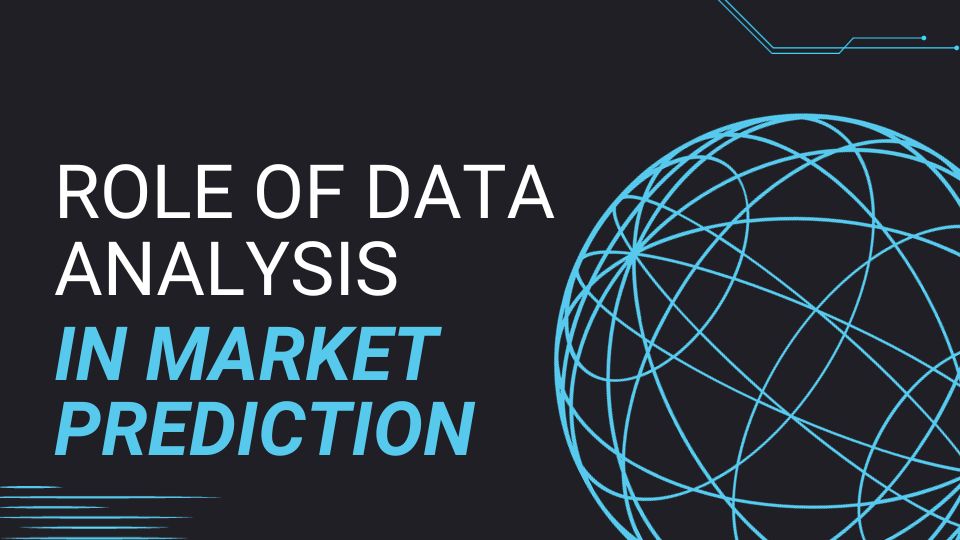3 minutes read
To grasp the concept of predicting stock market changes, it is imperative to have a foundational understanding of both economics and data science, particularly in the realm of statistics. The key concept that underlies this complex task is “randomness” or stochasticity. Alongside this, several other fundamental concepts play a pivotal role, including set theory, prediction theory, and stationarity.
At the heart of this discussion lies the notion of “randomness.” In simple terms, randomness implies the absence of a predefined pattern. It suggests that all possible outcomes have an equal likelihood of occurring. However, when it comes to analyzing stock market data, various models come into play, such as the random walk with drift, the random walk with no drift, and the pure random walk. Here, our focus will be on the pure random walk model, as it is particularly relevant when it comes to understanding stock market changes.
The simplest form of a random variable in the context of time series analysis is the random walk. A variable is said to follow a random walk if the changes in the series’ outcomes are independent and identically distributed (i.i.d). In other words, the value of tomorrow’s outcome is determined by today’s value plus an unpredictable change. However, it is important to note that stock market data is not always purely random. Often, there are clear upward or downward trends in market outcomes, indicating a tendency for values to increase or decrease over time. When there is a consistent upward trend, it is referred to as a random walk with drift. This concept forms the foundation of how statistics and econometrics view stock market changes.
On the data science side, prediction theory comes into play. Given that stock market changes exhibit a random walk pattern, prediction theory utilizes principles from set theory to create a significant interval within which tomorrow’s outcomes are likely to fall. This is particularly important in the presence of non-stationarity, where past data alone may not provide a reliable prediction. Historically, these intervals were calculated using past data, unbiased estimators, dummy variables, and other econometric techniques.
However, the advent of data science has transformed the way we predict stock market changes. With the integration of artificial intelligence, machine learning, and other advanced technologies, calculations now leverage complex time series analyses. These sophisticated methods can account for even the most minute fluctuations in market data, allowing for more accurate predictions.
In summary, a comprehensive regression model, developed with the assistance of data science techniques, can be a powerful tool for predicting stock market changes. Nevertheless, it’s essential to understand that these predictions are not akin to straightforward statements like “tomorrow, this share’s price will increase to 100.” Instead, they provide probabilistic forecasts based on past data and econometric theory. For instance, the prediction might be something like “past data and econometric theory suggest that the change in this share’s price will fall within the interval of 5.2 and 8.5 at a 0.05 level of significance.”
In the world of finance and investment, having the ability to make informed predictions about stock market changes is invaluable. The synergy between economics and data science has enabled us to harness the power of statistics and advanced analytical techniques to make more reliable forecasts. By acknowledging the role of randomness, embracing the principles of prediction theory, and leveraging the capabilities of data science, we are better equipped to navigate the intricacies of stock market analysis and make data-driven investment decisions.
